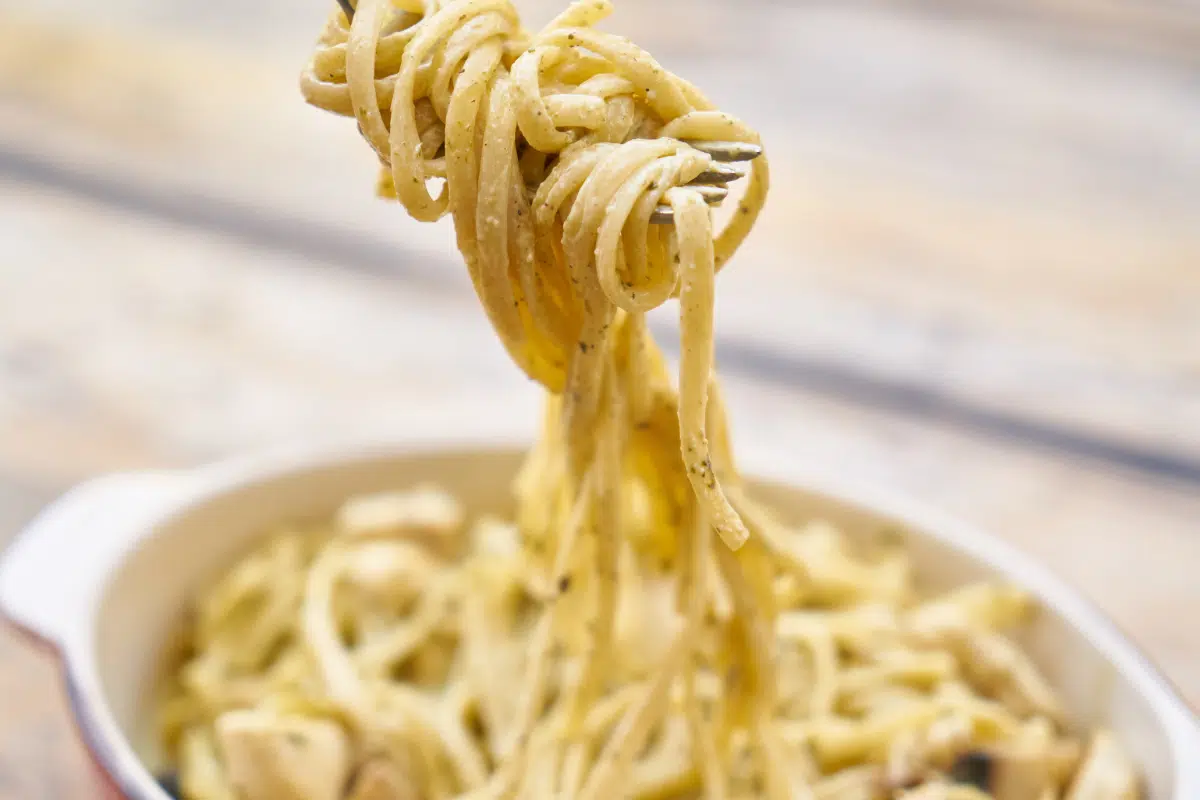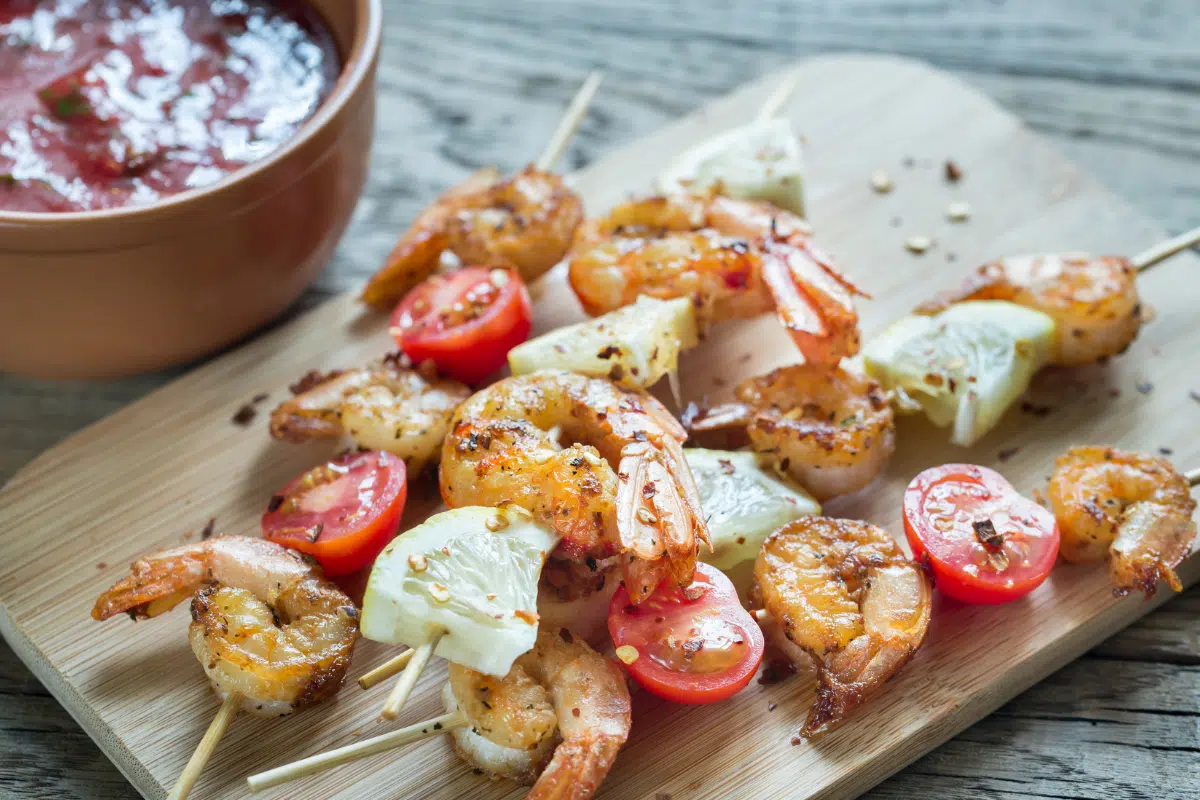Organic vs Non-Organic: When It Matters Most (And How Much More You Pay)
Shopping for groceries today often comes with a big question: organic or not? Organic foods promise fewer pesticides and sometimes higher nutrient levels, but they also come with higher price tags. So which items really matter when it comes to buying organic — and when can you save by going conventional? Here’s what savvy shoppers need to know.
The “Dirty Dozen” Deserve Organic
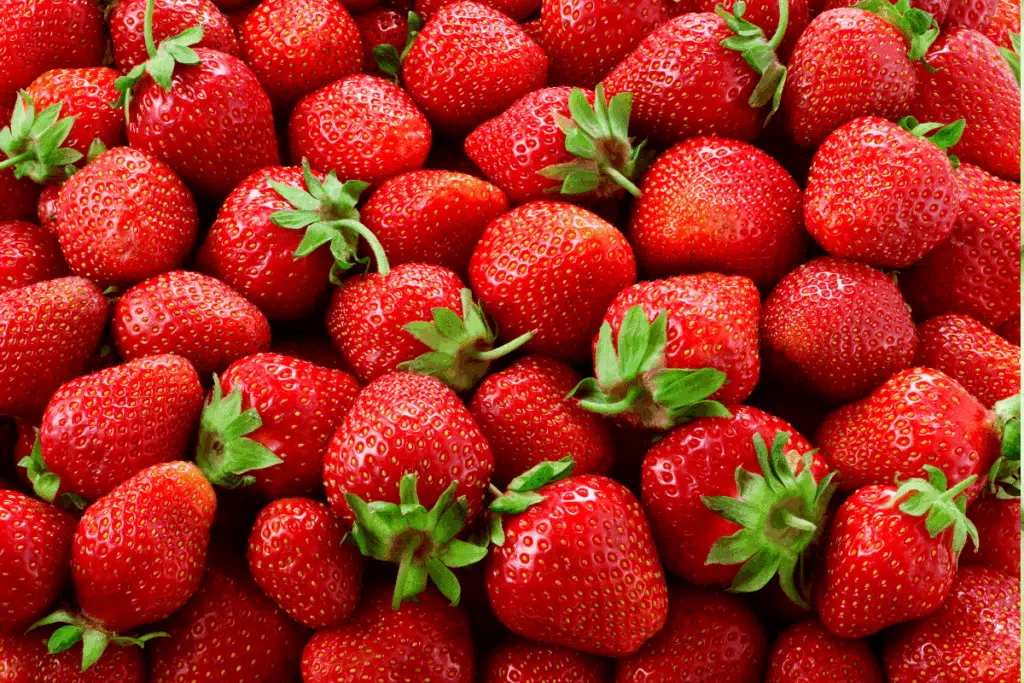
The Environmental Working Group (EWG) highlights the “Dirty Dozen” — produce with the highest pesticide residues. Items like strawberries, spinach, apples, and grapes are worth buying organic to reduce chemical exposure.
“Clean Fifteen” Can Stay Conventional
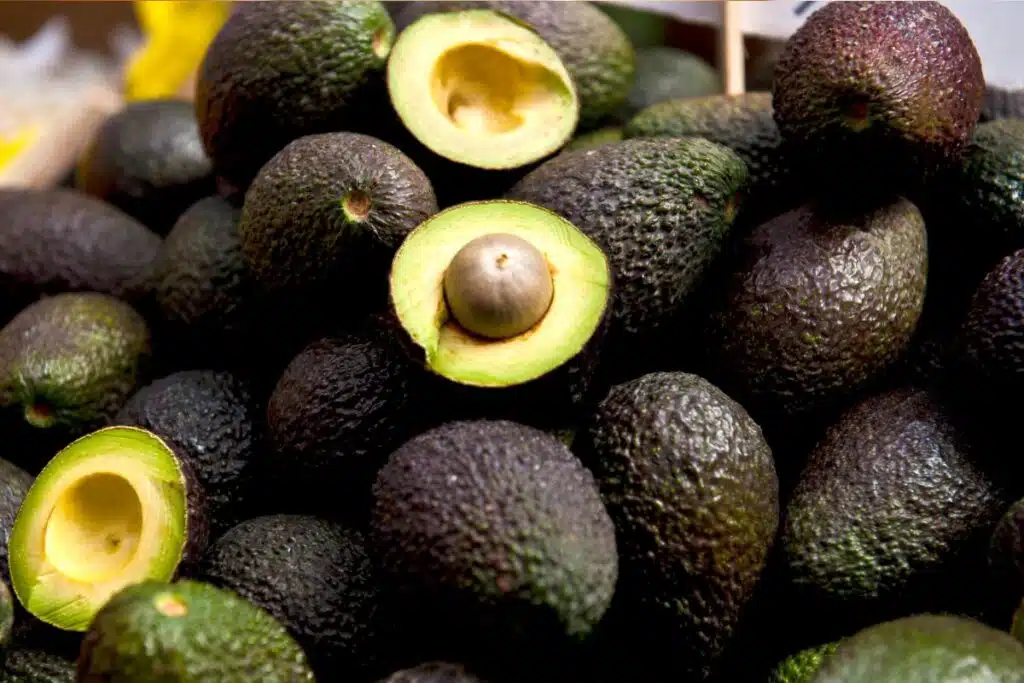
The EWG’s “Clean Fifteen” — avocados, sweet corn, pineapples, and onions — have lower pesticide levels. Buying conventional versions can save you money without compromising safety.
Organic Dairy and Meat Can Be Healthier
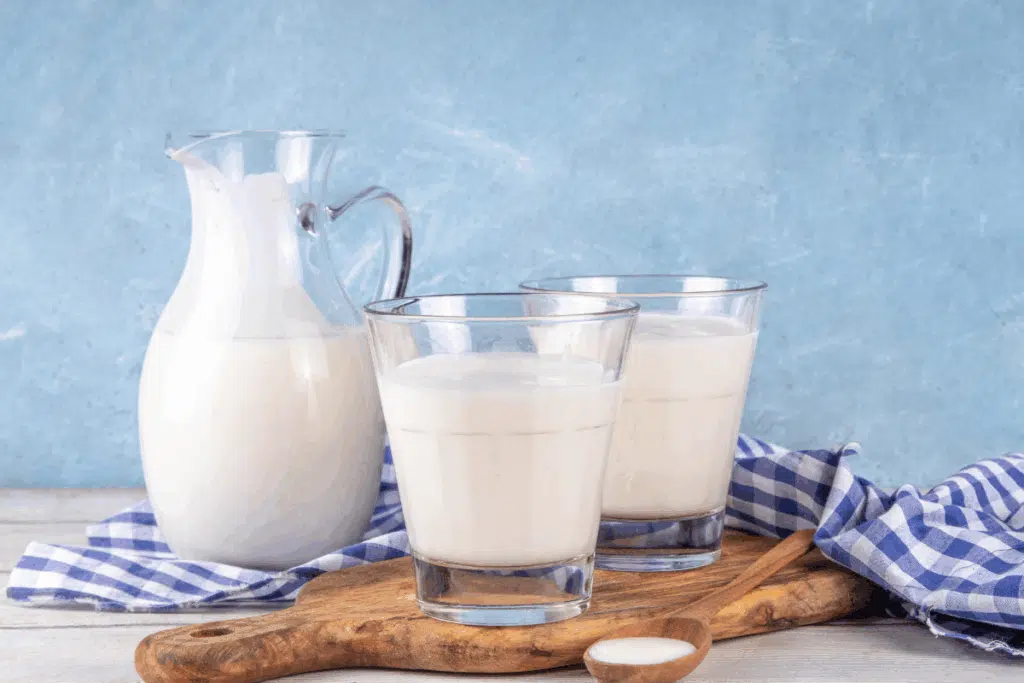
Organic milk, eggs, and meat often come from animals raised without antibiotics or added hormones. If you’re concerned about these factors, consider going organic here — but expect a higher price tag.
Bulk vs Packaged Items
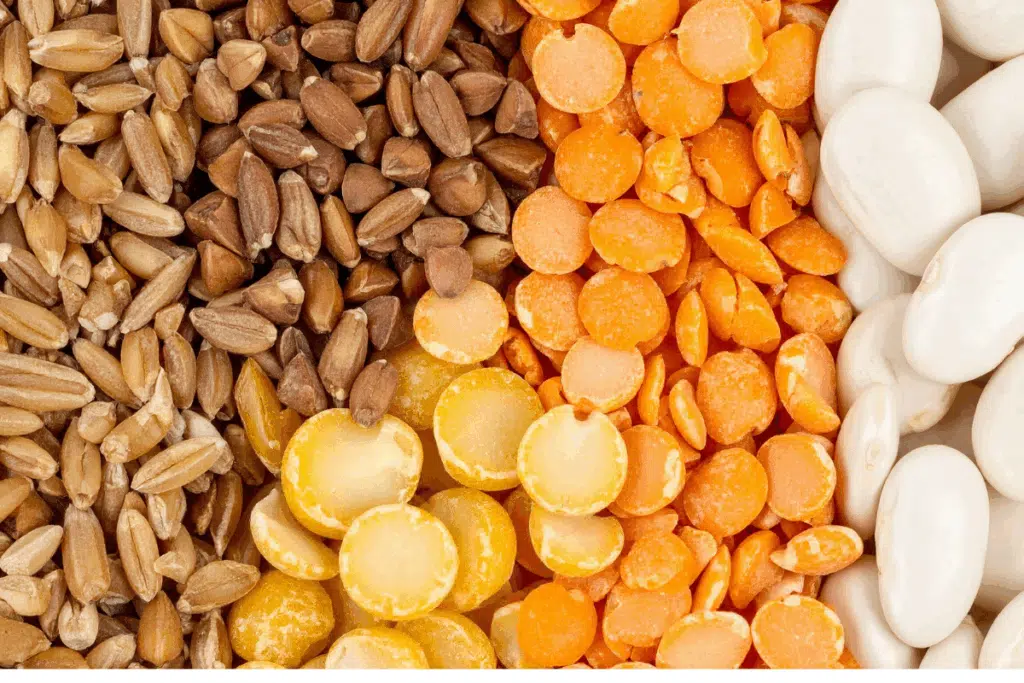
Buying grains, nuts, or legumes in bulk often reduces costs, whether organic or conventional. Compare unit prices before assuming organic will break your budget.
Seasonal Produce is Cheaper Either Way
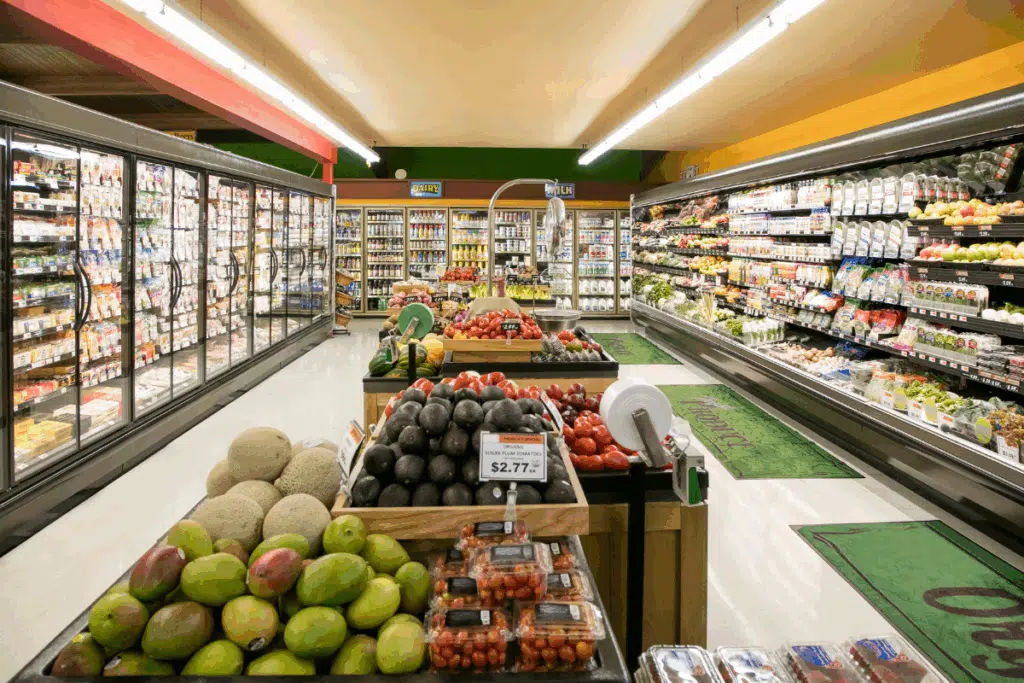
Organic or not, produce in season tends to be more affordable. Stock up on fresh fruits and veggies at peak season to maximize value.
Processed Foods Are Usually More Expensive Organic

Organic snacks, cereals, and prepackaged foods often carry significant markups. For these items, evaluate whether the organic label is worth the extra cost.
Consider Your Budget and Priorities
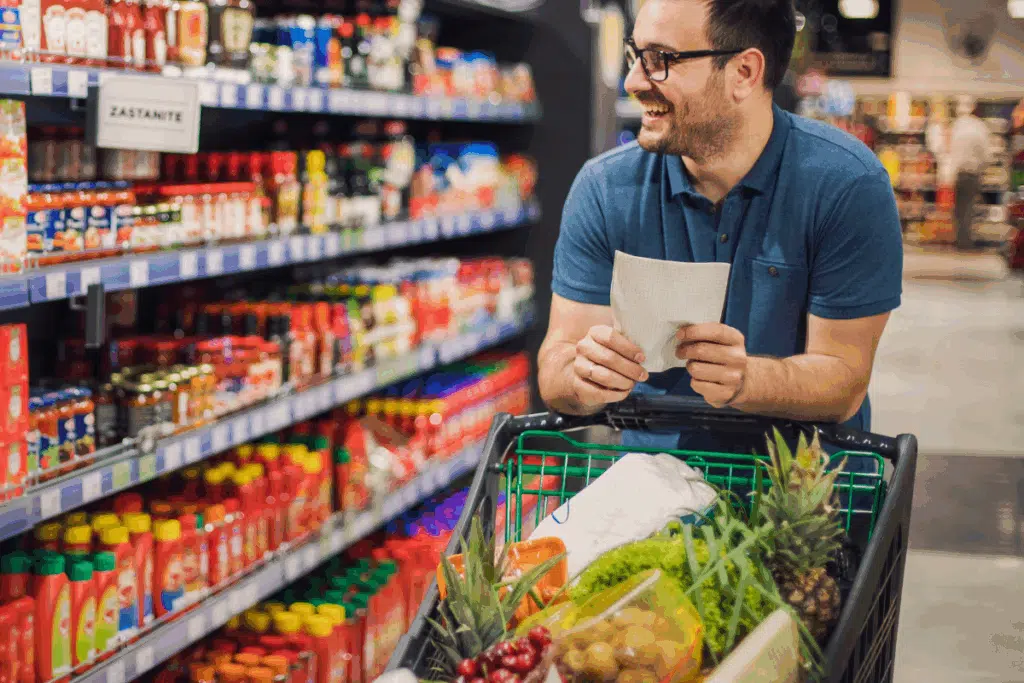
If organic prices are straining your budget, prioritize items that matter most (like the Dirty Dozen or dairy/meat), and buy conventional for less risky items. Smart shopping balances health benefits with cost.
Know How Much More You’re Paying
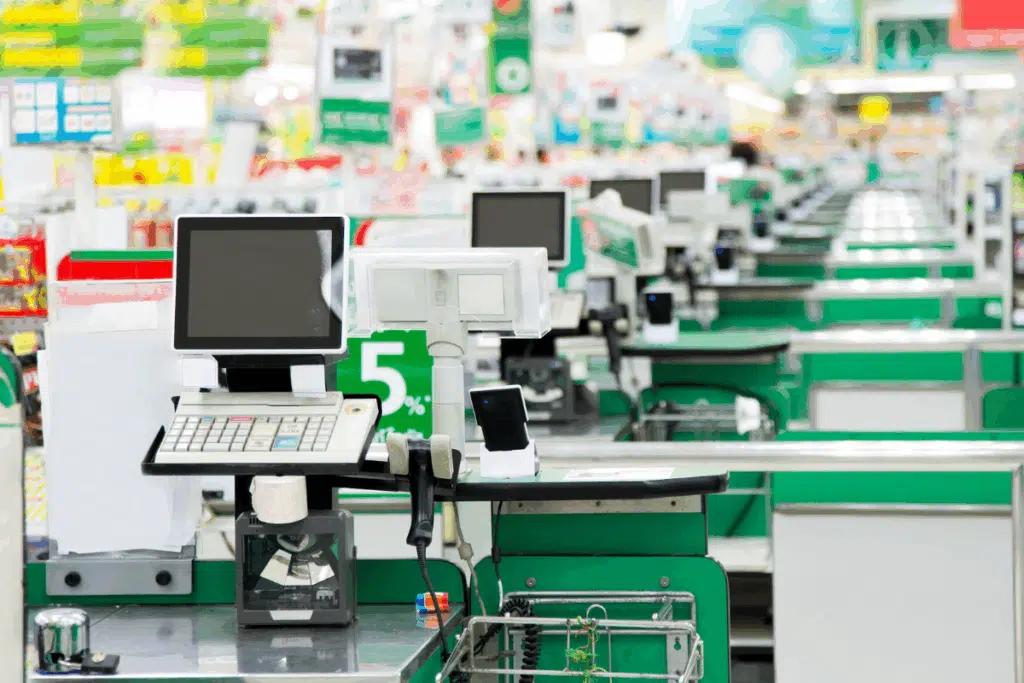
On average, organic items can cost 20–60% more than conventional options. Comparing unit prices and planning your shopping list helps you make informed choices.
This post may contain affiliate links or sponsored content. Disclosure Policy



